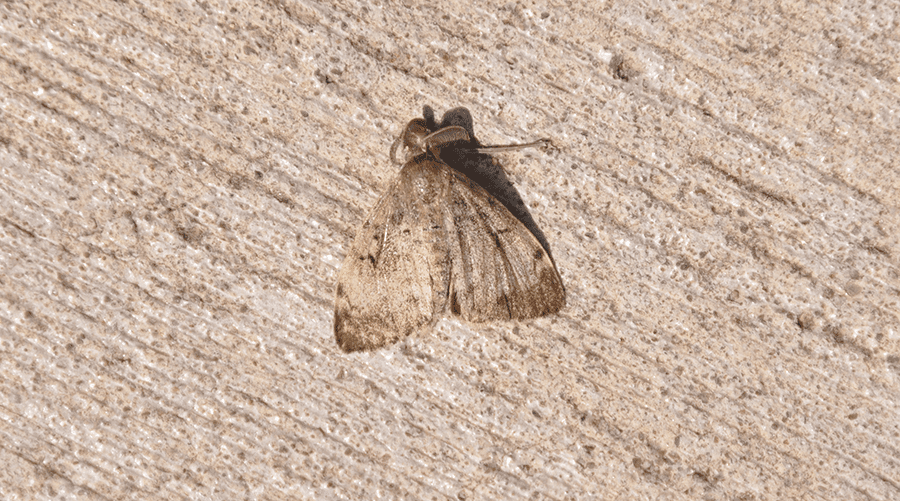BY JOHN CHICK Special to the VOICE
The nemesis that is the gypsy moth appears poised for a big comeback this year, but plans are underway to try and stem the pest from consuming swaths of Pelham foliage.
Paul Robertson, of Trees Unlimited, held an open house on Sunday at the Old Town Hall, giving landowners information and an opportunity to sign up for spraying. Dozens attended.
“All the indicators at the moment are showing that the infestation is going to be quite severe,” Robertson said. “We have huge egg mass numbers from central Pelham, Short Hills, all the way to Six Nations, including West Lincoln, north of Cayuga … so we’re spraying across that whole corridor.”
The gypsy moth — technically, Lymantria dispar dispar— is non-native to North America, but has been spreading in fits and starts since being introduced to the continent in 1869.
This is the time of year when egg masses will become more and more visible. Gypsy moth caterpillars also change looks as they grow, developing bumps along their backs with coarse black hairs. According to a federal government website, during the larval stage, a single gypsy moth caterpillar can eat an average of one square metre of leaves.
The most effective treatment is to spray via aircraft, given that many of the caterpillars are found high in trees. While trying to remove the egg masses manually helps, the caterpillars can still blow several kilometres.
“I spent the entire winter scraping egg masses off my property” Pelham resident Peter Van Caulart said at the open house.
The aerial operation to spray bacillus thuringiensis (BT) also requires that any landowner who wants to be sprayed must notify their neighbour. In many cases, the neighbour will want to be sprayed as well, but if they refuse, the operation could still proceed, delicately.
“If permission is not given by adjacent landowner, first of all we’d decide if we can even spray it at all, and then if we can spray it without getting any product on their property —often you’re talking about a house and a pool, some very sensitive areas,” Robertson said. “We’ll decide whether or not how much inside the property boundary we would have to spray. Now we have literally sprayed tens of thousands of people over 30 years, and we’ve never had anyone object to BT.”
BT is considered a biological pesticide.
“It’s a soil bacteria, basically mixed with molasses,” Robertson said. “You’re eating BT on carrots and unwashed vegetables. It is the only pesticide registered by organic growers in Canada and the United States. The long and the short of it is, it’s also the only one you can spray over urban areas.”
The Town sprayed Hillcrest Park in Fonthill by helicopter with the product last year.
Robertson and Trees Unlimited were also due make a presentation to council at this past Monday’s meeting.



